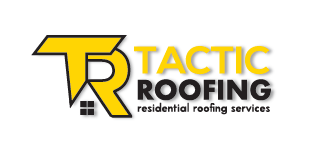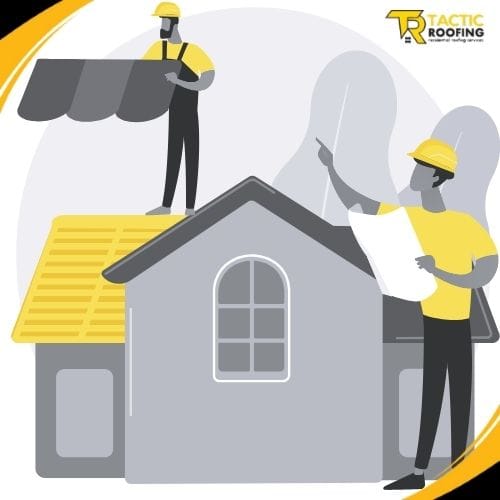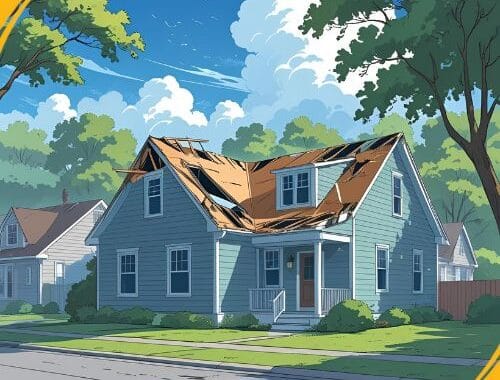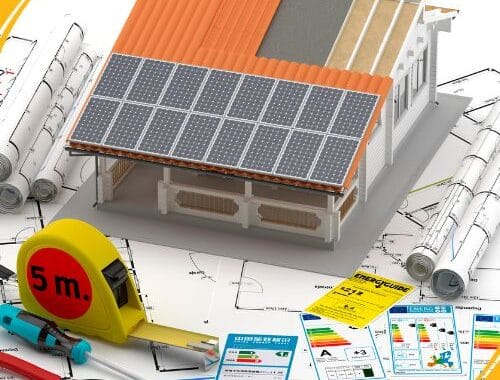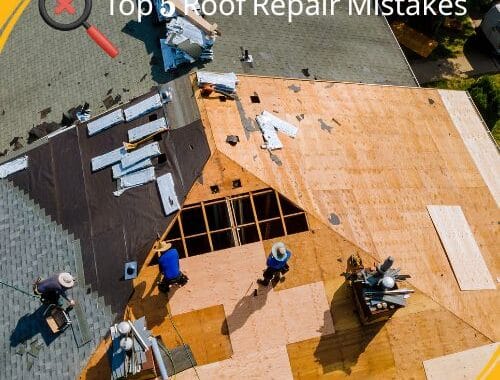When it comes to roof maintenance, one of the most common questions homeowners face is: “Should I restore my roof or replace it entirely?” This decision is crucial as it can affect both the structural integrity of your home and your budget. In this article, we’ll explore the differences between roof restoration and roof replacement, helping you choose the option that best suits your needs.
What Is Roof Restoration?
Roof restoration involves cleaning, repairing, and re-coating the existing roof to extend its lifespan. It’s a cost-effective way to address minor issues such as leaks, worn-out materials, and general wear and tear. A restoration usually includes:
- Inspection: Identifying problem areas like leaks, cracks, or damaged shingles.
- Repairs: Fixing or replacing small sections of the roof.
- Cleaning: Removing debris, mold, or moss buildup.
- Coating: Applying a protective layer to seal the roof and improve its resistance to the elements.
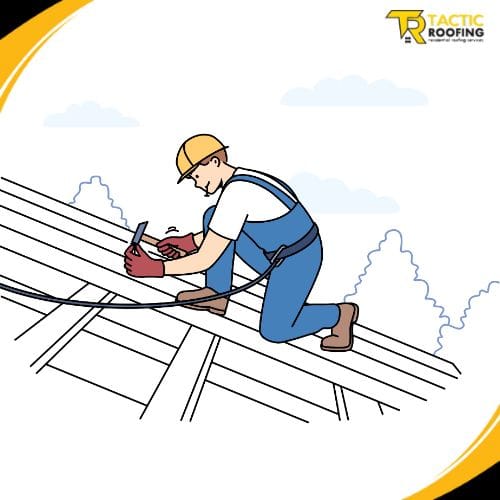
What Is Roof Replacement?
Roof replacement is the process of removing the existing roof down to the deck and installing a new one. This option is necessary when the roof is too damaged or old to be effectively restored. A replacement usually involves:
- Removing the old roof: Stripping off shingles, underlayment, and sometimes even the decking if it’s damaged.
- Inspecting the decking: Ensuring the structural integrity of the base before installing the new roof.
- Installing new roofing material: This can be asphalt shingles, metal, slate, or any other material suited to your needs.
Roof Restoration vs. Roof Replacement: Cost Comparison
One of the most significant factors when deciding between roof restoration and roof replacement is cost. Let’s break it down:
- Roof Restoration Cost: Generally, roof restoration is more affordable than a full replacement. Depending on the size of your roof and the extent of the repairs, you could expect to pay anywhere from $5,000 to $15,000. Restoration requires fewer materials and less labor, making it a budget-friendly option.
- Roof Replacement Cost: Roof replacement is a more substantial investment, with costs ranging from $10,000 to $30,000 or more, depending on the roofing materials and the complexity of the job. Since replacement involves completely removing and rebuilding the roof, it’s a more labor-intensive and material-heavy process.
Pros and Cons of Roof Restoration
Before deciding, let’s examine the benefits and drawbacks of roof restoration.
Pros of Roof Restoration
- Cost-Effective: As mentioned, restoration is significantly cheaper than replacement, making it an attractive option for homeowners on a budget.
- Less Disruptive: A restoration typically takes less time to complete, causing minimal disruption to your daily life.
- Eco-Friendly: Since restoration involves fewer materials, it’s a more environmentally friendly option, reducing waste that would otherwise end up in landfills.
- Prolongs Roof Life: By addressing minor issues and adding a protective coating, a restoration can extend your roof’s lifespan by 10 to 15 years.
Cons of Roof Restoration
- Not a Permanent Solution: While restoration can buy you time, it’s not a long-term fix. Eventually, you will still need a full roof replacement.
- Limited to Certain Roofs: Not all roofs are candidates for restoration. If your roof is too old or severely damaged, restoration may not be feasible.
- May Require Frequent Maintenance: Restored roofs may need periodic touch-ups to maintain their durability, which can add to long-term costs.
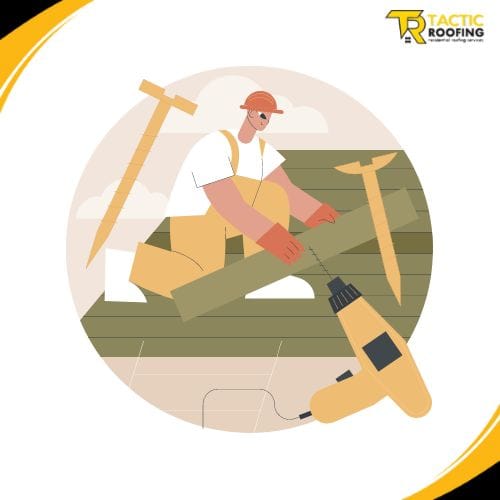
Pros and Cons of Roof Replacement
Now, let’s look at the pros and cons of opting for a full roof replacement.
Pros of Roof Replacement
- Long-Term Solution: Roof replacement provides a brand-new roof that can last anywhere from 20 to 50 years, depending on the materials used.
- Improves Home Value: A new roof enhances your home’s curb appeal and increases its market value, which is a significant advantage if you plan to sell.
- Enhanced Protection: A full replacement ensures that your home is protected from leaks, structural issues, and other common roofing problems for decades.
- More Material Options: Roof replacement allows you to choose from a wide variety of materials, some of which may be more durable or energy-efficient than your current roof.
Cons of Roof Replacement
- Higher Cost: Roof replacement is a more expensive option, making it less appealing for homeowners who want to keep their costs down.
- More Disruptive: Since replacement is a more labor-intensive process, it will likely take longer to complete and may disrupt your routine for a few days or even weeks.
- Environmental Impact: The waste generated from removing an old roof contributes to landfill, making replacement less eco-friendly compared to restoration.
When to Choose Roof Restoration
Roof restoration is a great option when your roof is in relatively good condition and only needs minor repairs. Here are some indicators that restoration might be the best choice for you:
- Your Roof Is Under 15 Years Old: If your roof is still relatively young, restoration can extend its lifespan without the need for a complete overhaul.
- Minor Wear and Tear: If your roof only has a few leaks or worn-out shingles, restoration can address these issues effectively.
- Budget Constraints: If you’re looking for a more affordable way to fix your roof, restoration is a cost-effective solution.
- You Want a Quick Fix: Since restoration is less invasive than replacement, it can usually be completed in a shorter timeframe, making it ideal for homeowners who need a faster solution.
When to Choose Roof Replacement
On the other hand, roof replacement is necessary when your roof is no longer structurally sound or has suffered significant damage. Here’s when you should consider replacing your roof:
- Your Roof Is Over 20 Years Old: Most roofing materials have a lifespan of 20 to 30 years. If your roof is approaching this age, replacement is likely the better option.
- Severe Damage: If your roof has sustained extensive damage from storms, fallen trees, or other incidents, a replacement is often the safest route.
- Frequent Repairs: If you’ve been repairing your roof frequently, it might be more cost-effective in the long run to invest in a full replacement.
- Structural Issues: If the underlying decking or structure of your roof is compromised, a replacement is essential to ensure the safety and integrity of your home.
Restore vs. Replace Roof: Final Thoughts
Deciding whether to restore or replace your roof depends on several factors, including the age of your roof, the extent of the damage, and your budget. Roof restoration is a cost-effective and eco-friendly option that can extend your roof’s life by a decade or more, but it’s not a permanent solution. Roof replacement, while more expensive, provides a long-term fix and increases your home’s value and protection.
At the end of the day, the best decision is one that fits your specific needs and circumstances. If you’re unsure whether to restore or replace your roof, it’s always best to consult a professional. An expert can assess your roof’s condition and help you make an informed decision that will protect your home for years to come.
